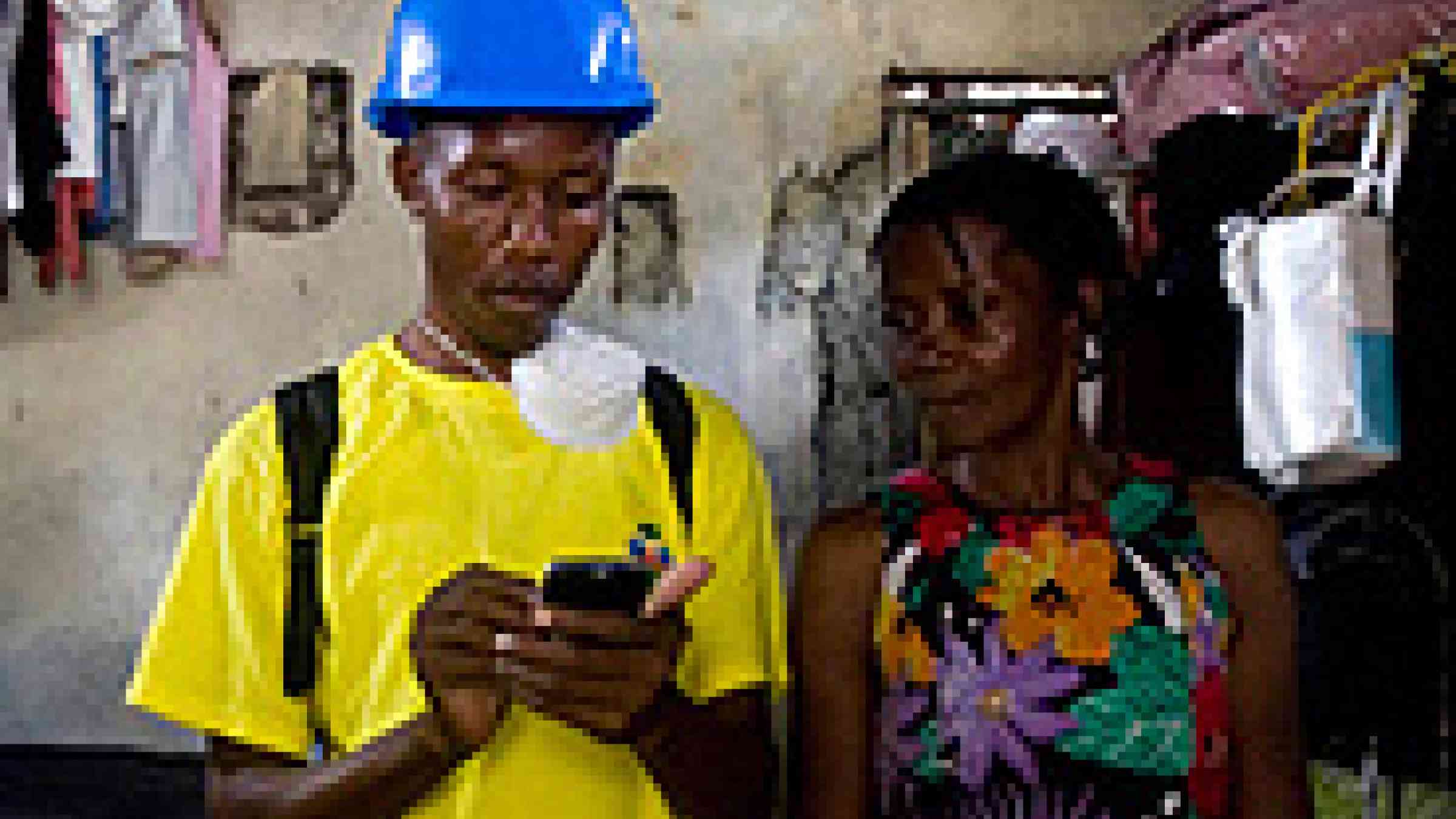UNOPS: 200,000 Haitian buildings assessed for structural damage

Local engineers working in Haiti have assessed 200,000 buildings for structural damage following the January earthquake, vastly exceeding targets according to the Ministry of Public Works, Transportation and Communication.
More than two hundred and eighty Haitian engineers have been trained to check the safety of Haiti’s buildings.
The team reached the 200,000 mark on July 21, 2010 after just 91 days on the project. The original goal was 100,000 structures in three months, a target which was hit after just 57 days.
Financed jointly by the World Bank and the Global Facility for Disaster Reduction and Recovery, the project’s main objective is to gather structural information to plan the city’s reconstruction and to enable displaced people to return to their homes.
UNOPS, a United Nations body which works to expand the capacity of the UN system and its partners, is working within the Haitian Ministry of Public Works, Transportation and Communication to build capacity and help deliver the project, along with seismic engineering contractors Miyamoto International.
The engineers have been targeting the worse affected areas and physically inspecting buildings before tagging them with green, yellow or red paint depending on the extent of damage. Priority is given to schools and homes in areas with the most crowded makeshift camps.
So far just under half of the buildings assessed have been classified green, which means they have no structural damage, so they can be reoccupied. Just over a quarter are yellow, signifying there is some damage but they can be reoccupied after repairs and 25 percent have been marked red which means there is such major damage they will probably need to be torn down.
The engineers enter the assessment data into handheld computers to be uploaded into a Ministry of Public Works database. The database has become a comprehensive tool for reconstruction planning.
The engineers are accompanied by social workers who talk with neighbourhood inhabitants, explaining the purpose and nature of the assessment methods to ensure local support.
UNOPS has been working in the country since 2004 on a broad variety of projects, in close collaboration with the government and the United Nations Stabilization Mission in Haiti (MINUSTAH). UNOPS believes a 'Haiti First' policy will help ensure that aid money spent on Haiti is spent in Haiti, by using capable local suppliers wherever possible to carry out project work.